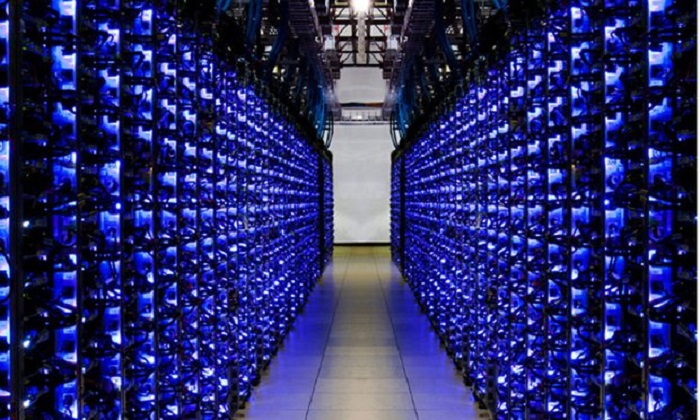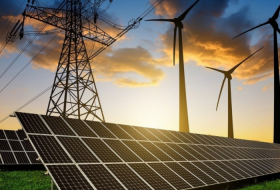On Wednesday, Google said it had proved it could cut total energy use at its data centres by 15% by deploying machine learning from Deepmind, the British AI company it bought in 2014 for around £400m. Such centres require significant energy for cooling, as well as constant adjustments to air temperature, pressure and humidity, to run as efficiently as possible.
Mustafa Suleyman, DeepMind’s co-founder, said that the level of complexity and number of variables meant the job of managing data centres was one where an algorithm could outperform a human.
He said: “It’s one of those perfect examples of a setting where humans have a really good intuition they’ve developed over time but the machine learning algorithm has so much more data that describes real-world conditions [five years in this case].
“It’s much more than any human has ever been able to experience, and it’s able to learn from all sorts of niche little edge cases seen in the data that a human wouldn’t be able to identify. So it’s able to tune the settings much more subtly and much more accurately.”
Suleyman said the reduction in energy use was achieved through a combination of DeepMind more accurately predicting the incoming computational load - ie when people were mostly likely to request data-hungry YouTube videos - and match that prediction very quickly to the cooling load required. “It’s about tweaking all of the knobs simultaneously,” he said.
The environmental impact of the online world has come under increasing scrutiny in recent years, as data centres’ share of global emissions has risen to be on a par with those from aviation. Google first disclosed its carbon footprint in 2011 – it was roughly equivalent to Laos’s annual emissions – and says that since then its data centres have improved so that they get 3.5 times the computing power for the same amount of energy.
The trial using machine learning to further cut those data centres’ energy – and carbon emissions - began two years ago, and was tested on “more than 1%” of its servers, Suleyman said. It is now being used across a “double-digit percentage” of all Google’s data centres globally and will be applied across all of them by the end of the year.
Google does not disclose exactly how much energy its data centres use, but says as a company it’s responsible for 0.01% of global electricity use, and much of that is data centres. Their energy use for cooling was cut 40% by Deepmind, and total energy use by 15%.
“I really think this is just the beginning. There are lots more opportunities to find efficiencies in data centre infrastructure,” said Suleyman. “One of the most exciting things is the kind of algorithms we develop are inherently general … that means the same machine learning system should be able to perform well in a wide variety of environments [such as power generation facilities and energy networks].”
Google has data centres in North and South America, Europe and Asia. Sophia Flucker, the director of Operational Intelligence, a UK-based consultancy that advises data centres on their energy use, said it was feasible that Google had achieved such a big reduction. “I’ve worked with some award-winning data centres, which still had plenty of room for improvement,” she said.
More about:
















































